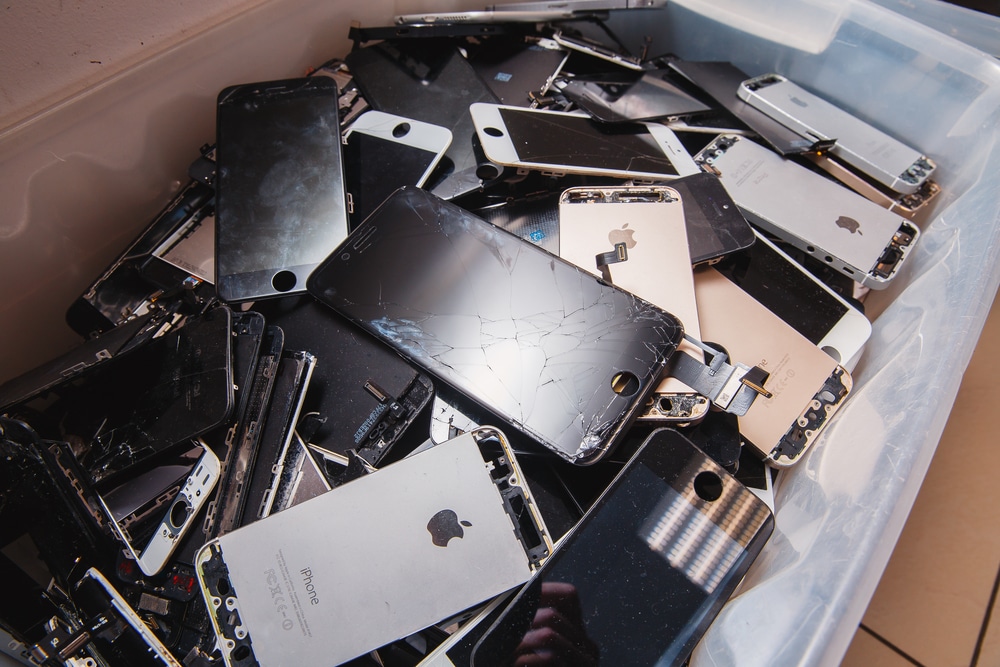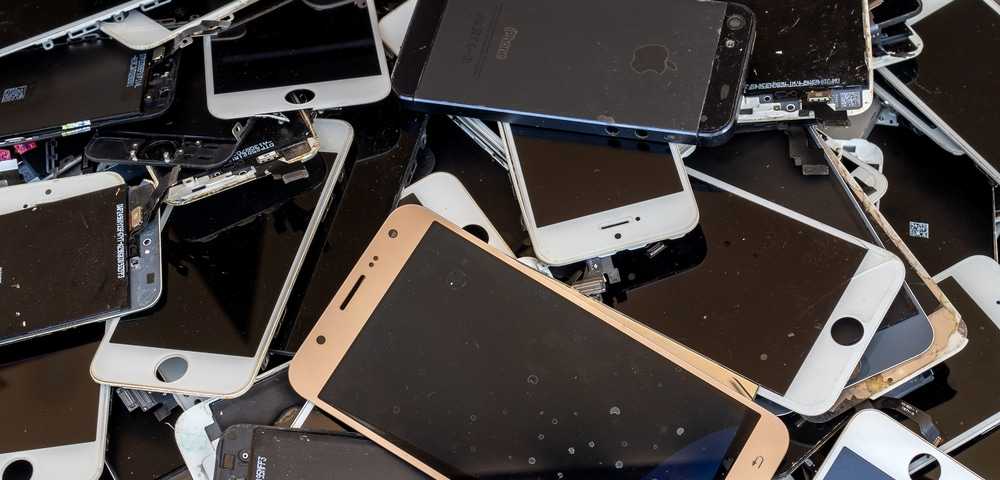In our increasingly industrialized world, everything we produce has a direct impact on the environment, and therefore our bodies. A recent study from the Hebrew University of Jerusalem (HU) revealed the relationship between levels of lead production and human exposure to this and other toxic metals.
Smartphones and their components, including batteries, as well as electronic products such as monitors, televisions, cameras, etc., cannot be disposed of directly in household waste. Indeed, such devices have a high potential for environmental pollution, they are rich in substances harmful to the organism and the planet, such as lead in question, and other metals (arsenic, cadmium, mercury, etc.).

Examining the remains of a cemetery in central Italy, which were used consecutively for 12,000 years, researchers found that as the global production of lead began and increased, so did the absorption rates. The minerals also increased in people who lived during these times – even those who did not participate in lead Production – simply breathe the air around them.
This observation of the toxic effects of lead pollution has far-reaching implications for public health, given the expected increase in production of this and other metal to meet the manufacturing requirements of electronic devices, batteries, solar panels, and wind turbines, among others.
The study was led by Professor Yigal Earl of the Institute of Geosciences at the Hebrew University of Jerusalem (HU), along with colleagues from Heliopolis University, Liran Carmel, Adi Tescher, and Ofir Tirosh, as well as Ron Pinhasi of the University of Vienna and Alfredo Cuba, La Sapienza University in Rome. Their findings were published Monday (16) in the Journal of Environmental Science and Technology.
According to the Euekalert website, lead production began thousands of years ago. Coin production gave a major boost to the use of lead, which led to an increase that peaked during the Roman period, before declining in the Middle Ages.
Lead production was stimulated again about a thousand years ago, by silver mining in Germany, then in America, and finally to meet the demands of the Industrial Revolution.
Although increases in lead production rates have been noted in our environmental records, such as glaciers and lake sediments, concentrations of this metal in human bones and teeth rarely tell the story of world lead production rates, until now.
As part of their research, the scientists analyzed bone fragments from 130 people who lived in Rome from 12,000 years ago – long before mineral production appeared – until the 17th century.
By analyzing the composition of the elements in their bones, the researchers were able to calculate the level of lead contamination over time and showed that it directly reflects the rate of global production of the metal.
“This documentation of lead contamination throughout human history indicates, remarkably, that many of the estimated dynamics of lead production are replicated in human exposure. Lead pollution in humans closely followed their metal production rates.” Simply put, the more lead we produce, The more likely people would absorb it into their bodies. It has a highly toxic effect.
Studies have shown that exposure to toxic lead in people, especially children, occurs through food, air pollution, and resuspension of urban soils.
However, along with these concerns, we are seeing an increase in the demand for metals in the manufacture of electronic devices. “The close relationship between levels of lead production and levels of human lead in the past suggests that without proper regulation we will continue to face the adverse health effects of toxic metal contamination,” Earl warned.
While the people most affected by these hazards are most exposed to direct lead, such as miners and workers in recycling facilities, the metal can be found in our daily lives in the form of batteries and a new generation of degraded solar panels. Over time, its toxicity is released into the air we breathe and into the soil from which we grow our crops.
“Any expanded use of metals must go hand in hand with industrial hygiene, safe and optimal metal recycling, and more environmental and toxicological considerations in selecting metals for industrial use,” Erell concluded.
You have seen our new videos on Youtube? Subscribe to our channel!

“Web fanatic. Travel scholar. Certified music evangelist. Coffee expert. Unapologetic internet guru. Beer nerd.”





